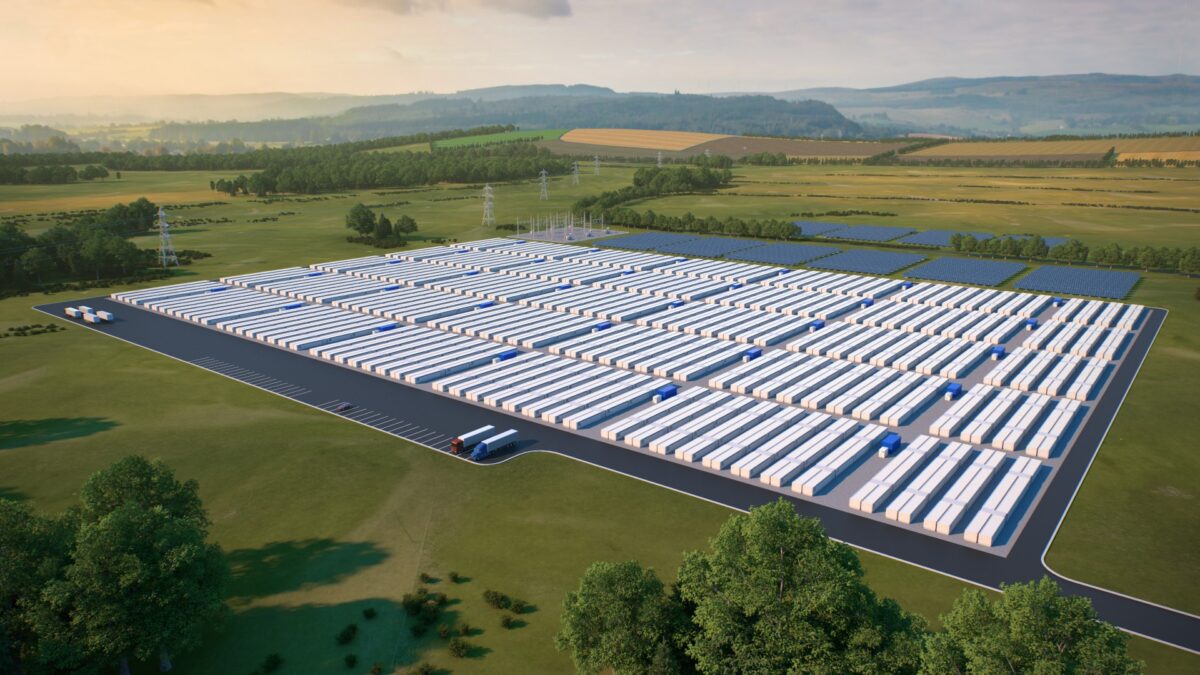Energy storage is about 10 years behind solar PV on the cost-adoption curve. In the U.S., we currently have 550 GWh of pumped hydro energy storage, which is 90% of the grid-scale energy storage. That leaves 61 GWh of ‘other’ including lithium ion, metal-air, zinc, and a variety of flow batteries. It’s estimated by Lawrence Berkeley National Laboratories that we need 6 TWh of energy storage to ‘clean the grid’ by 2050, which means we need to scale grid-scale energy storage by 98.4 times…let’s just say we have to 10X and then 10X again (100X) the storage industry in the next 30 years.
Reuters recently hosted a webinar examining the latest developments and trends in grid-scale energy storage in the United States, which this author moderated. The subject matter expert panelists were Leslie Ponder of Black & Veatch and Annam Muthu of Engie North America. The major theme was the massive growth projected for the U.S. energy storage market, with installations forecast to increase 10-fold between 2023 and 2030. This rapid expansion is being driven by clean energy targets, the need for energy security, and new financial incentives like the IRA. However, several challenges must be addressed to fully realize this potential, including permitting and interconnection issues, workforce shortages and upgrading grid infrastructure.
On the technology front, lithium-ion batteries currently dominate, but alternatives like flow batteries and thermal storage are gaining traction for longer-duration needs. Form Energy has been making waves with a series of announcements including a 1000 MWh project in Minnesota and 1500 MWh project Georgia. Repurposing retiring fossil fuel plants as storage sites is an emerging trend, combining existing infrastructure with new storage assets. For example, adding lithium-ion batteries or a hydrogen storage facility to a shuttered coal plant or one that is converting to natural gas and hydrogen as in the case of Aces Delta project by Mitsubishi and Magnum Development that will store 300 GWh of green hydrogen.
According to Muthu, standalone storage projects are proliferating in Texas due to faster interconnections and permitting relative to other ISOs. Revenue prospects from market volatility also make ERCOT attractive. Key siting criteria include transmission congestion and land availability to enable future expansions.
For longer-duration technologies, Ponder cited targets to reduce costs from ~$1400/kW currently to $650/kW by 2030. These systems can scale duration more easily by separating power and energy components. However, siting and permitting remains challenging, especially for large pumped hydro facilities.
Regarding project timelines, Muthu noted lithium-ion systems can reach commercial operation within 2 years in Texas, versus 4 to 5 years in California due to interconnection queues. Ponder stressed that for emerging technologies like pumped hydro, permitting alone can take 5+ years.
In summary, the webinar highlighted the tremendous scope for energy storage growth, while underscoring that critical challenges around siting, regulations, grid upgrades and workforce development must be tackled to realize the industry’s full potential. Continued technology innovation, public-private partnerships and regulatory reforms will be essential to enabling rapid and sustainable market expansion. There is a follow-on conference, Energy Storage North America 2023 in Houston, Nov 7-8.
 Tim Montague leads the Clean Power Consulting Group and is host of the Clean Power Hour podcast. He is a solar project developer, cleantech executive coach and consultant, mastermind group leader, entrepreneur and technology enthusiast.
Tim Montague leads the Clean Power Consulting Group and is host of the Clean Power Hour podcast. He is a solar project developer, cleantech executive coach and consultant, mastermind group leader, entrepreneur and technology enthusiast.
The views and opinions expressed in this article are the author’s own, and do not necessarily reflect those held by pv magazine.
This content is protected by copyright and may not be reused. If you want to cooperate with us and would like to reuse some of our content, please contact: editors@pv-magazine.com.








By submitting this form you agree to pv magazine using your data for the purposes of publishing your comment.
Your personal data will only be disclosed or otherwise transmitted to third parties for the purposes of spam filtering or if this is necessary for technical maintenance of the website. Any other transfer to third parties will not take place unless this is justified on the basis of applicable data protection regulations or if pv magazine is legally obliged to do so.
You may revoke this consent at any time with effect for the future, in which case your personal data will be deleted immediately. Otherwise, your data will be deleted if pv magazine has processed your request or the purpose of data storage is fulfilled.
Further information on data privacy can be found in our Data Protection Policy.